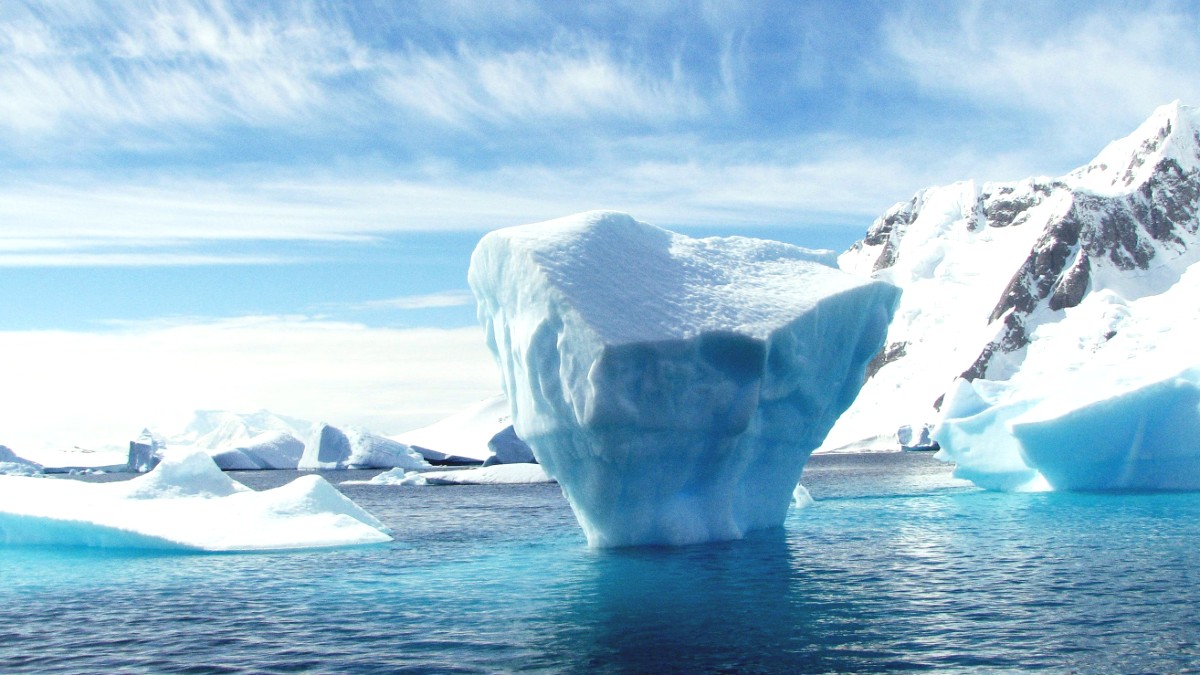
Base layers sit closest to your skin. They wick moisture away, keeping you dry. Choose thermal tops and bottoms made of wool (like merino) or synthetic fabrics. Never use cotton, as it retains moisture and loses insulation when wet, leading to cold.
Outer layers shield you from wind, rain, and snow. A large, insulated, waterproof parka often comes from your expedition operator. However, Waterproof pants are needed for wet Zodiac landings.
Waterproof, knee-high rubber boots are necessary for landings. Expedition operators often provide these.
Bring comfortable, non-slip shoes for wear on board the ship. These might be deck shoes, Sneakers, or slippers.
Wool or synthetic thermal Socks are ideal. Bring several pairs, as wet feet quickly become cold feet. Avoid cotton socks.
Your passport is your most important document. Confirm its validity well in advance. Keep copies in separate locations.
Check the plug types used in your embarkation country (e.g., Argentina/Chile often use Type I and Type C). Also, confirm the voltage and plug types available on your expedition ship. A Universal travel adapter is a good investment.
Antarctica offers incredible photographic opportunities. Bring a camera capable of capturing both wide landscapes and distant wildlife. A Telephoto lens (200mm or more) for wildlife and a Wide-angle lens for landscapes are useful.
Cloud storage or an External hard drive for daily photo/video backup.
NordVPN or ExpressVPN for secure browsing.
Airalo for local SIM card options in embarkation cities.
Given the remote nature of Antarctica, carrying a personal supply of health and wellness items is a good idea. Bring an ample supply of all your prescription medications, enough for the entire trip plus a few extra days in case of delays.
Insect repellent is not needed in Antarctica. However, high SPF sunscreen (SPF 30+ or higher), lip balm with SPF, and polarized sunglasses are important for sun protection.
Binoculars are useful for spotting wildlife from the ship or during Zodiac cruises. Look for waterproof binoculars with 8x32 or 10x42 magnification.
A Tripod can be useful for stable shots of landscapes, though ship movement can pose a challenge. A Waterproof camera case or dry bag protects your equipment during Zodiac transfers.
For activities like kayaking or snowshoeing, specialized gear like dry suits (for kayaking) or snowshoes are typically provided by the operator. Trekking poles can assist with balance on slippery terrain.
Pack items that enhance your comfort and safety, especially during long transit periods. While not high-risk in Antarctica itself, standard precautions apply for travel to your embarkation country.
These items offer important protection for your belongings and enhanced experiences in the Antarctic environment.
Reduces plastic waste onboard.
Useful for souvenirs in gateway cities.
For food exploration in other regions.
Minimize paper printouts.
Pack layers that you can easily add or remove. This allows you to adapt to temperature changes throughout the day.
Bring a minimum of three camera batteries and keep them warm inside your jacket when not in use. Cold drains battery life quickly.